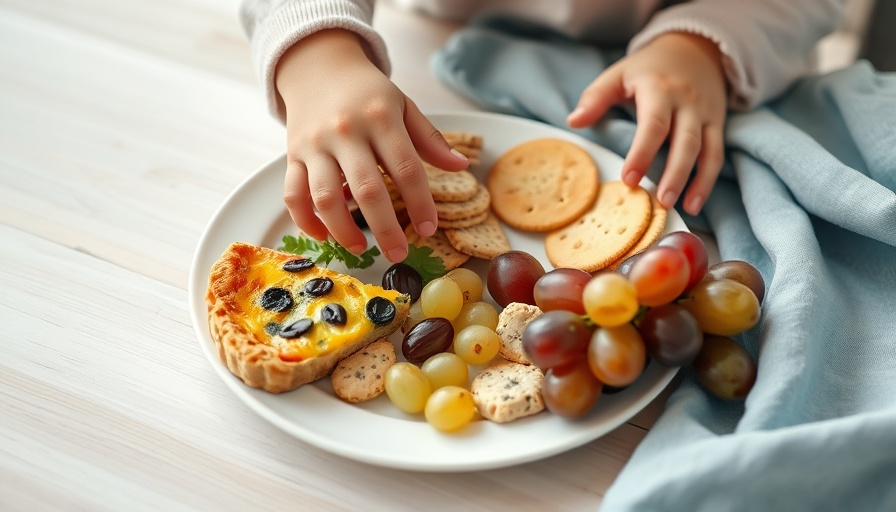
Unlocking the Secrets of Picky Eating
Mealtime can often feel like an uphill battle for parents of picky eaters. There’s a wealth of advice out there, but often, what works varies from child to child. Drawing from my experience as an occupational therapist and insights from experts, I've developed a strategy to help even the pickiest eaters explore new foods without the stress. This approach centers around creating a positive environment, utilizing structured mealtime routines, and gradually introducing new foods in a friendly, pressure-free manner.
Understanding Picky Eating: When It’s More Than a Phase
Picky eating is not just a frustrating behavior; it can stem from deeper issues such as sensory sensitivities or previous negative experiences with food. According to research, many children who refuse new foods are not just being difficult—they are cautious eaters. They need time and support to overcome these hurdles. Understanding how picky eating can relate to factors like oral-motor delays or medical conditions can significantly inform how we approach mealtimes with our little ones.
Building a Foundation: The Five Phases of Food Acceptance
Entering the world of picky eating solutions means knowing the stages of food exposure. One effective method is the Five Phases of Food Exposure™. This step-by-step framework helps children develop food trust through repeated, low-pressure exposure. Each phase focuses on different ways to make the unfamiliar feel more familiar, beginning with education and social learning, and leading up to enjoyable mealtimes with friends and family.
Creating a Positive Mealtime Atmosphere
Aspects of your child’s meal environment can have a tremendous impact on their willingness to try new foods. Ditching pressure tactics like behavior charts and rewards is critical. Instead, you could engage in open conversations about food, encourage playful exploration, and eliminate distractions at the table. This nurtures a safe atmosphere where children feel secure enough to experiment with new flavors without anxiety.
Benefits of Familiarity: Why It Matters
One of the key insights in encouraging healthier eating is the concept of familiarity. The more children interact with foods—in terms of observing, smelling, and touching—the more comfortable they will be. This familiarity helps counteract food neophobia, a common phase where children exhibit fear towards unfamiliar foods. Allowing children to see, smell, and even play with new foods can assist greatly in reducing their apprehension.
Next Steps: Empowering Change
If you’re a caregiver looking to turn the tables on picky eating, consider practical approaches this autumn. Implementing structured mealtimes, diversifying the exposure process, and fostering a supportive environment can empower children to embrace new foods. You might take an active role in grocery shopping with your child or cook meals together, exposing them to how different ingredients come together.
With thoughtful guidance and the right tools, turning mealtime frowns into smiles is entirely possible. Don’t wait for a miracle—start your journey with picky eaters today!
 Add Row
Add Row  Add
Add 




Write A Comment